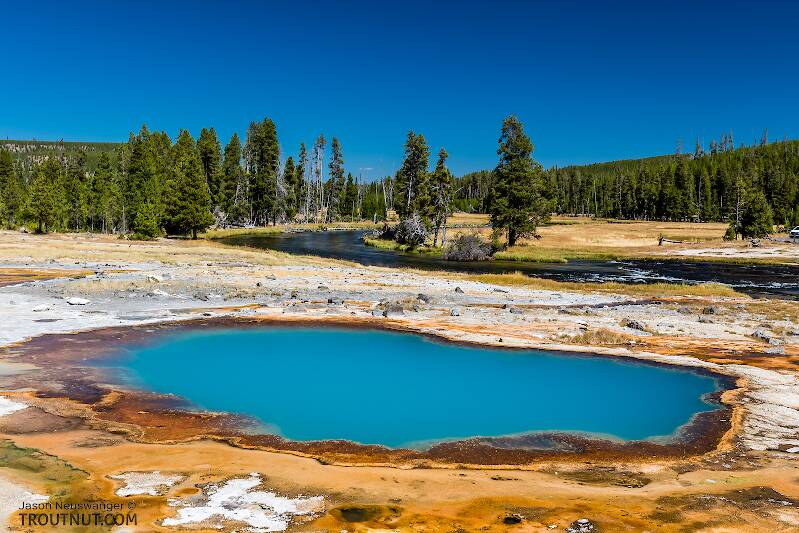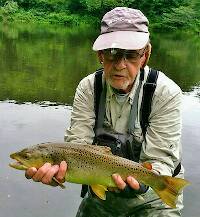
Salmonflies
Pteronarcys californica
The giant Salmonflies of the Western mountains are legendary for their proclivity to elicit consistent dry-fly action and ferocious strikes.
Featured on the forum

Troutnut is a project started in 2003 by salmonid ecologist Jason "Troutnut" Neuswanger to help anglers and
fly tyers unabashedly embrace the entomological side of the sport. Learn more about Troutnut or
support the project for an enhanced experience here.
Exploring an eastern Washington desert spring creek
Exploring an eastern Washington desert spring creek
By Troutnut on September 30th, 2022
A work trip took me to eastern Washington this fall, and I took some time to drive far out into the desert and explore a thin blue line on the map, where groundwater flowed through a channel I thought might be trouty. In one spot I wanted to try, the channel was dry, but I hunted around and found water. After a long hike over ground that looked like it should be crawling with rattlesnakes (although I fortunately didn't see any), I stepped in and started looking for trout. There were some.
Fishing mid-afternoon on a sunny day, I was pleasantly surprised to find the first fishable October Caddis (Dicosmoecus) hatch I've encountered. There weren't thick clouds of bugs, just a noticeable number of adults flitting around, enough to make trout that seemed generally lethargic rocket to the surface for anything resembling a decent imitation. One long run lined with bank-side alders, a conspicuous feature on this grassy-banked stream, held an exceptional number of caddisflies perching in the leaves, enough that at least a few would fly away when I shook the trunk of any tree. There were trout below these trees in slow, shallow water that would not ordinarily have held them. It was interesting to to see such a convincing example of trout moving between different habitats to pursue a particular food source.
Fishing mid-afternoon on a sunny day, I was pleasantly surprised to find the first fishable October Caddis (Dicosmoecus) hatch I've encountered. There weren't thick clouds of bugs, just a noticeable number of adults flitting around, enough to make trout that seemed generally lethargic rocket to the surface for anything resembling a decent imitation. One long run lined with bank-side alders, a conspicuous feature on this grassy-banked stream, held an exceptional number of caddisflies perching in the leaves, enough that at least a few would fly away when I shook the trunk of any tree. There were trout below these trees in slow, shallow water that would not ordinarily have held them. It was interesting to to see such a convincing example of trout moving between different habitats to pursue a particular food source.
Photos by Troutnut from Mystery Creek #306 in Washington

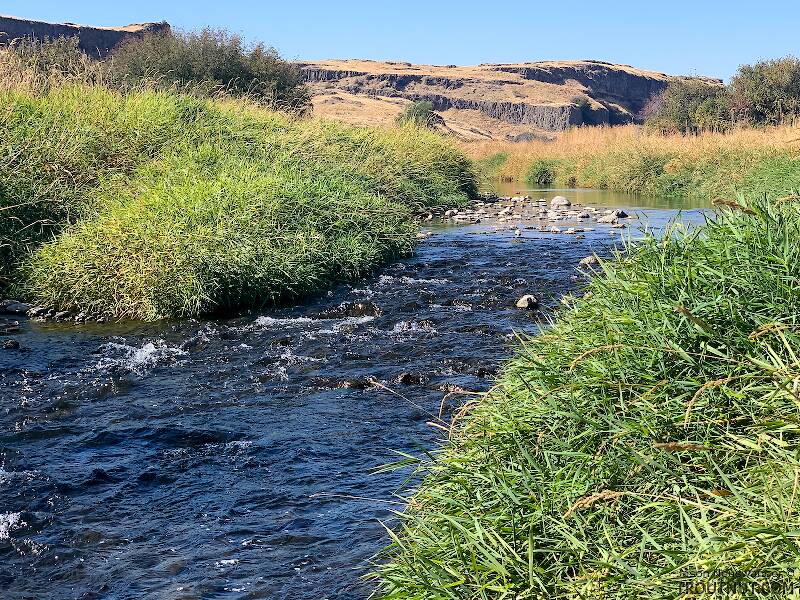
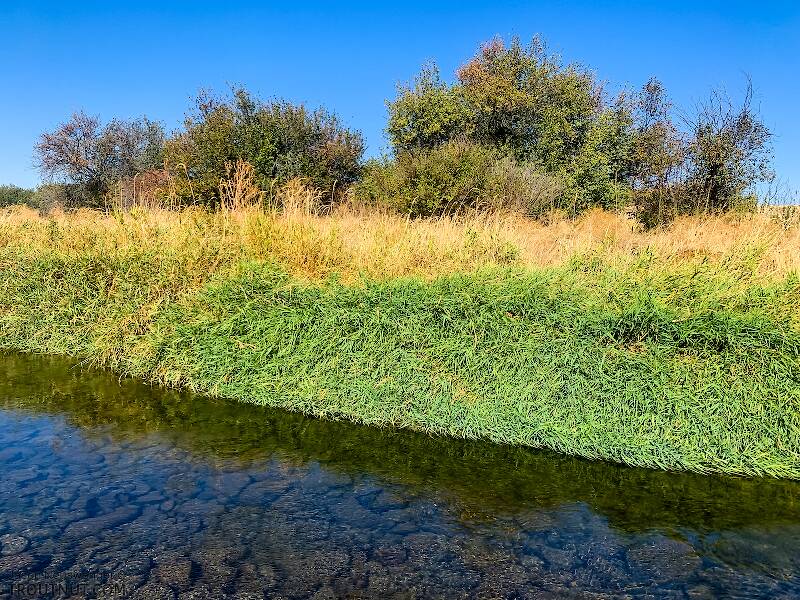
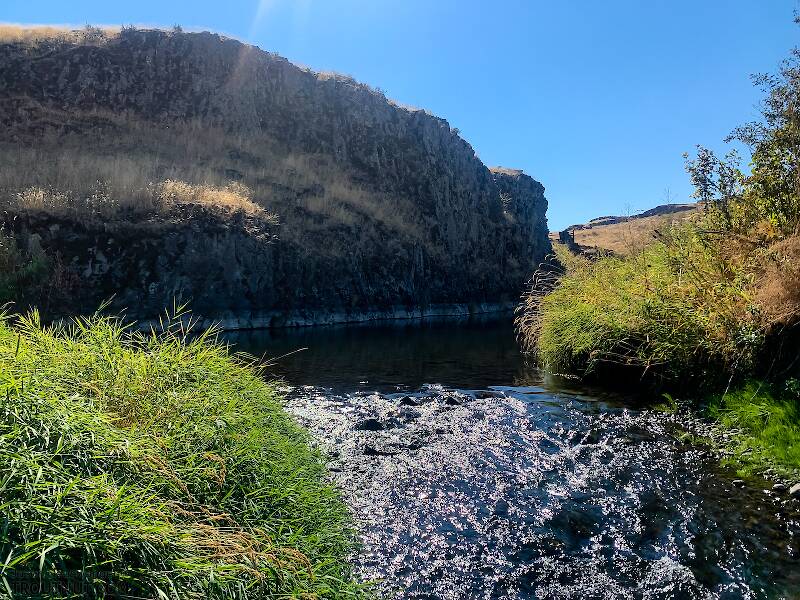
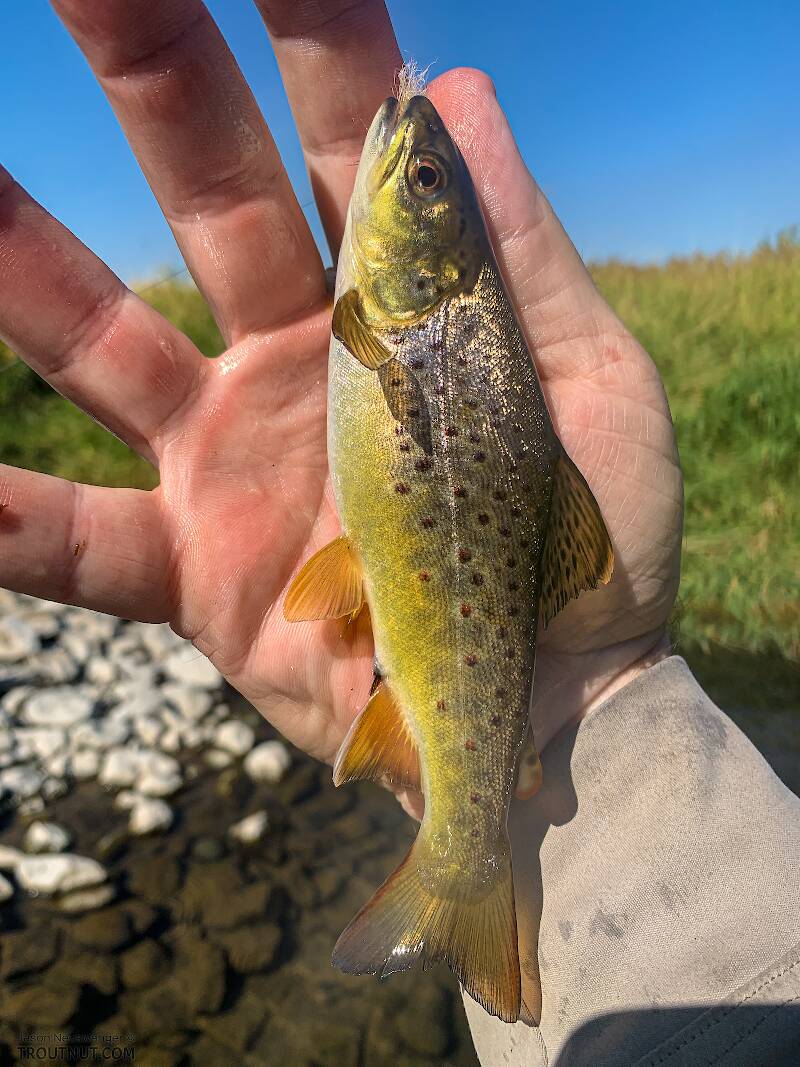
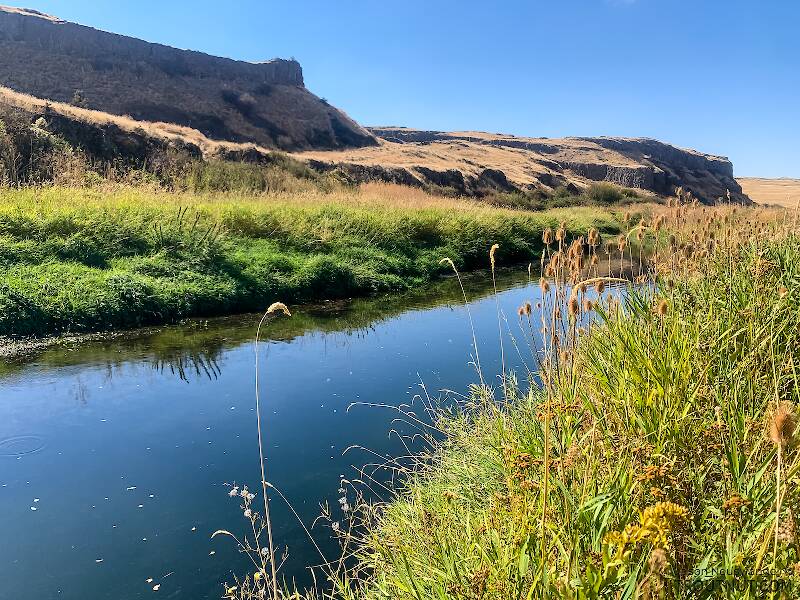
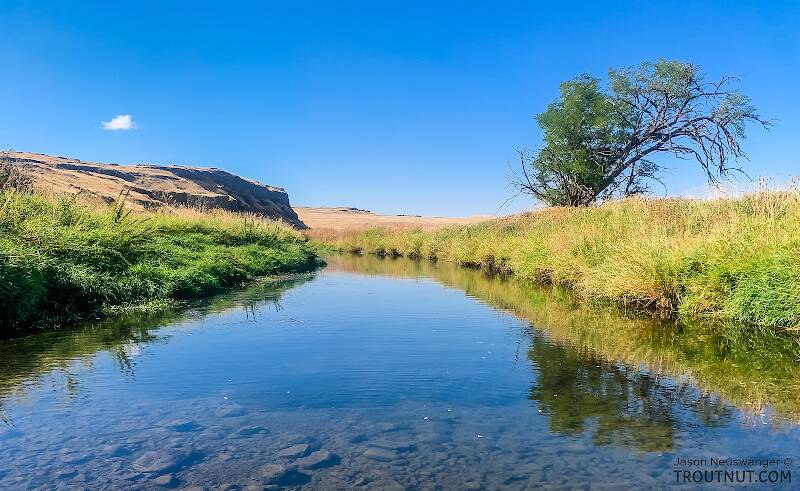
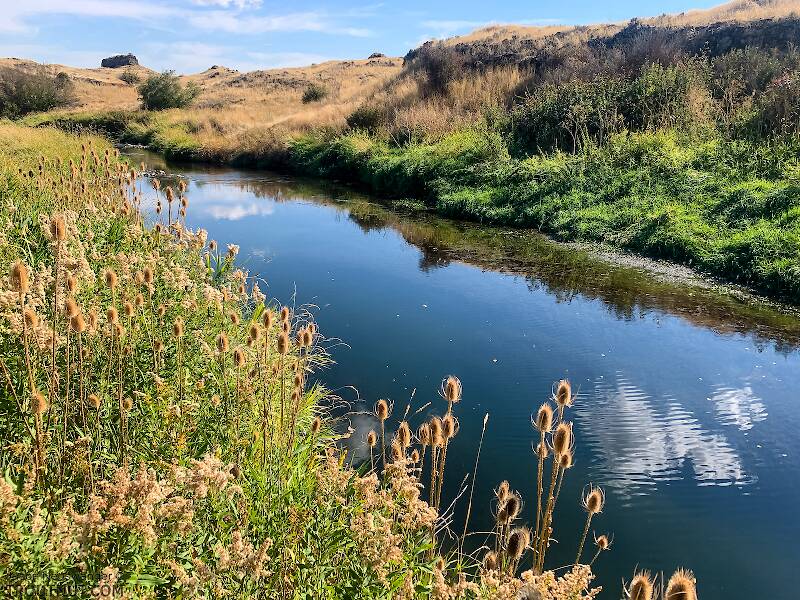
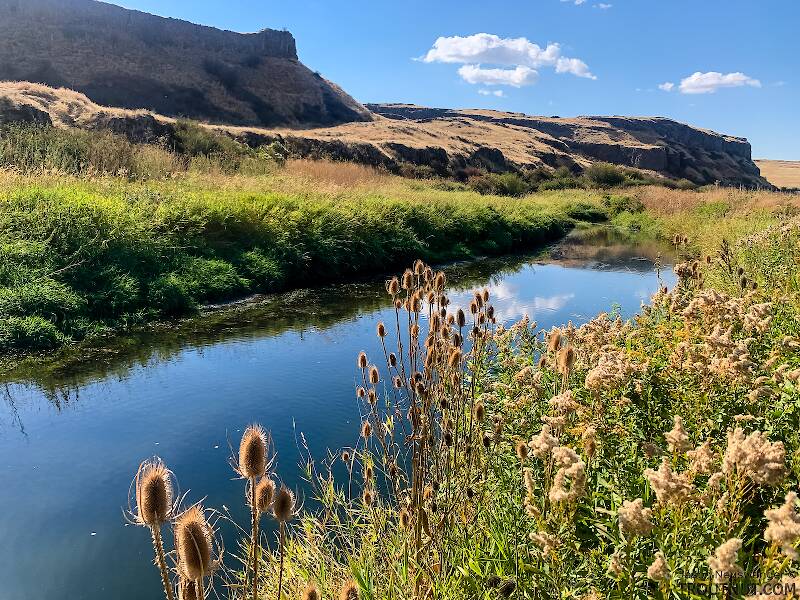
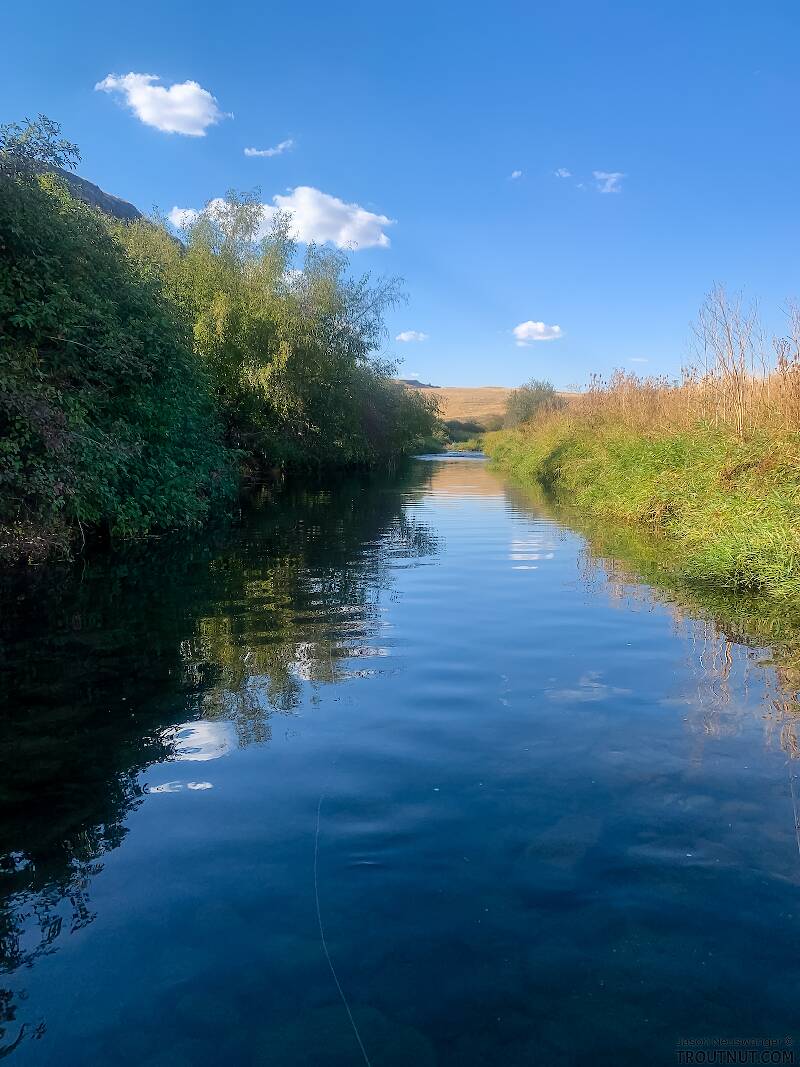
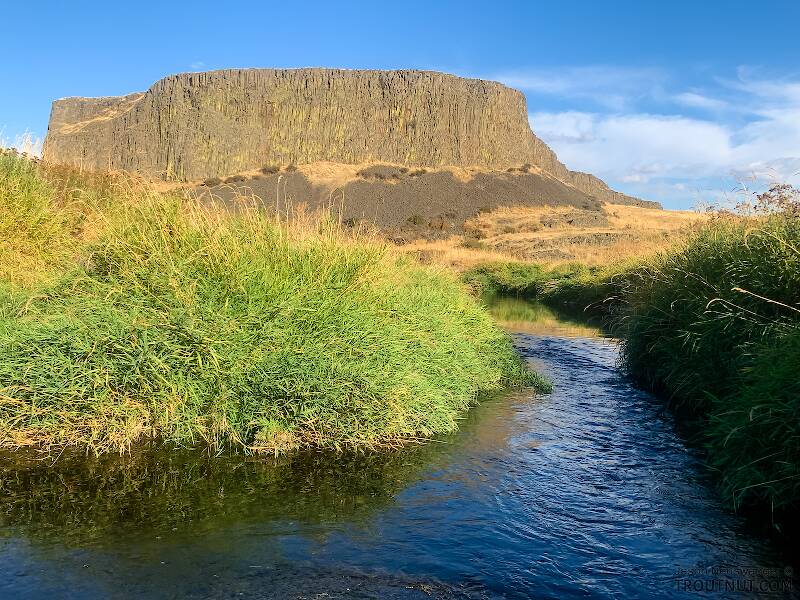
Quick Reply
Related Discussions
Topic
Replies
Last Reply
3
Jul 5, 2017
by Crepuscular
by Crepuscular
8
Jun 16, 2013
by PaulRoberts
by PaulRoberts
3
Aug 4, 2007
by Martinlf
by Martinlf
3
May 27, 2010
by Shawnny3
by Shawnny3
2
Mar 24, 2011
by CaseyP
by CaseyP

